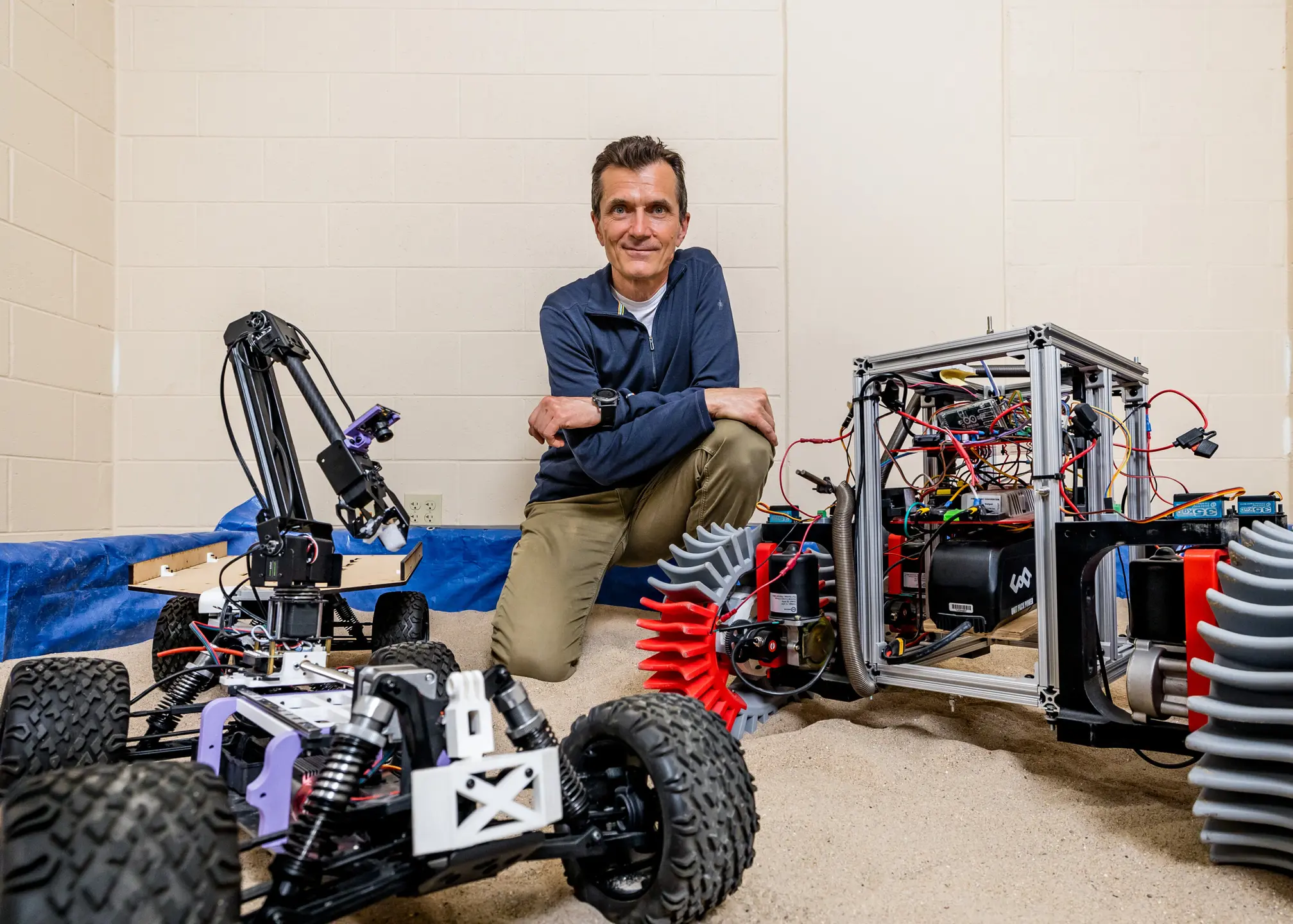T4K3.news
Russia develops plasma engine for faster Mars travel
Russian scientists have created a plasma engine that could cut the journey to Mars to just one month.
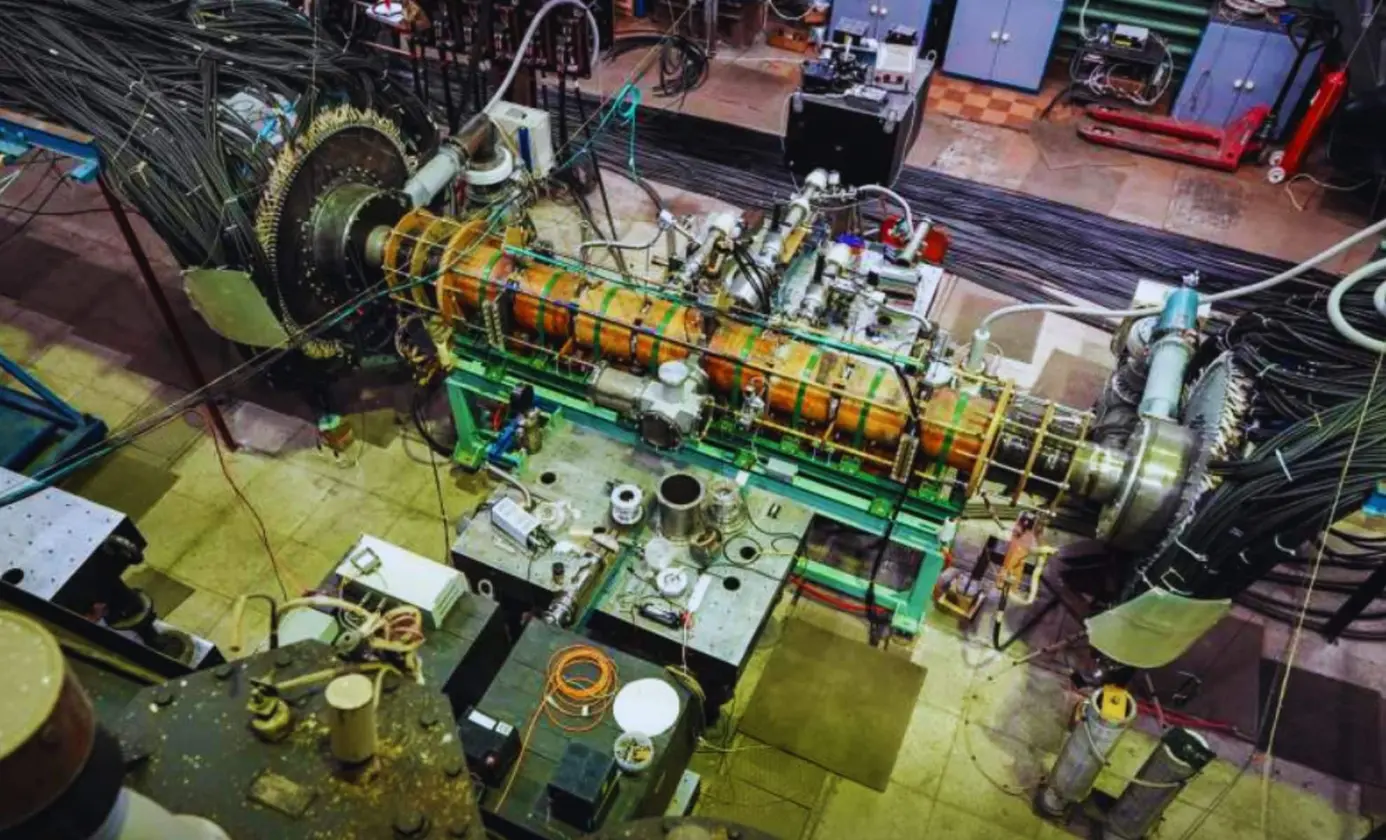
Russian scientists have created a plasma engine that could cut Mars travel time to one month, leading to significant advancements in space travel.
Russia Develops Advanced Plasma Engine That May Change Space Travel
In an exciting breakthrough, Russian scientists have developed a new plasma propulsion system that could reduce the journey to Mars to about one month. Researchers from Rosatom's Troitsk Institute announced that they have tested a working prototype capable of achieving speeds of up to 100 kilometers per second. This is a drastic improvement compared to current chemical rockets, which only reach about 4.5 kilometers per second. Unlike traditional engines that burn fuel, this system uses electromagnetic fields to constantly accelerate hydrogen ions, allowing for continuous thrust and potentially shorter missions in deep space. The prototype has already been tested and shows an operational lifespan suitable for a Mars round trip. A planned space-ready version is expected by 2030, enhancing future interplanetary missions while addressing radiation concerns for astronauts.
Key Takeaways
"The working body is charged particles that are accelerated by an electromagnetic field."
Alexei Voronov explains the technology behind the new plasma engine.
"This development is ahead of the curve."
Nathan Eismont highlights the potential of the Russian plasma engines compared to current technologies.
The development of this plasma engine represents a significant shift in propulsion technology. This advancement not only positions Russia at the forefront of space exploration but also raises questions about the future of space travel. As missions become faster and more efficient, the potential for longer-duration human expeditions, such as those to Mars, becomes more tangible. However, the road to fully operational use remains fraught with challenges. Independent verification of the technology's capabilities is crucial, as is the need for safe integration into spacecraft. Yet, the progress made thus far should inspire confidence in the future of interplanetary exploration, even as skepticism lingers about its practicality and viability.
Highlights
- A journey to Mars could soon take just one month.
- Innovation in propulsion technology paves the way for deeper space exploration.
- Continuous thrust defines the future of interplanetary travel.
- Russian science is pushing boundaries with new plasma technology.
Concerns About Independent Verification
The new plasma engine's capabilities have not yet been independently verified and its integration into full space missions is still unproven, posing potential risks.
As space exploration continues to evolve, innovative technologies like this could redefine humanity's future in the cosmos.
Enjoyed this? Let your friends know!
Related News
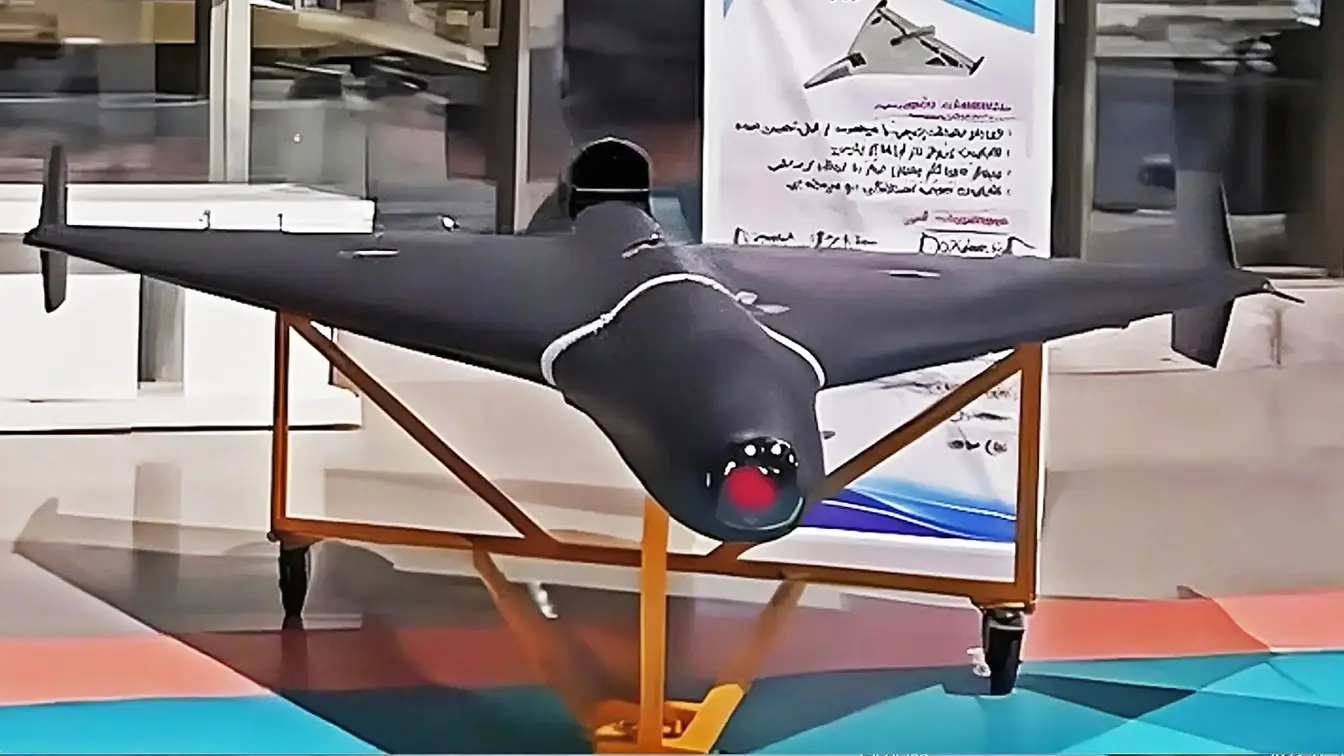
New Russian Shahed drone poses serious threat to Ukraine
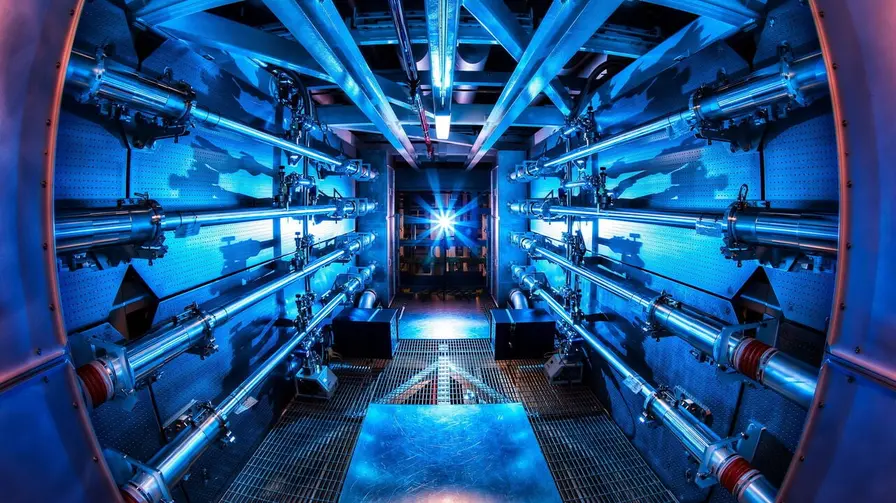
New developments in America's nuclear arsenal reported
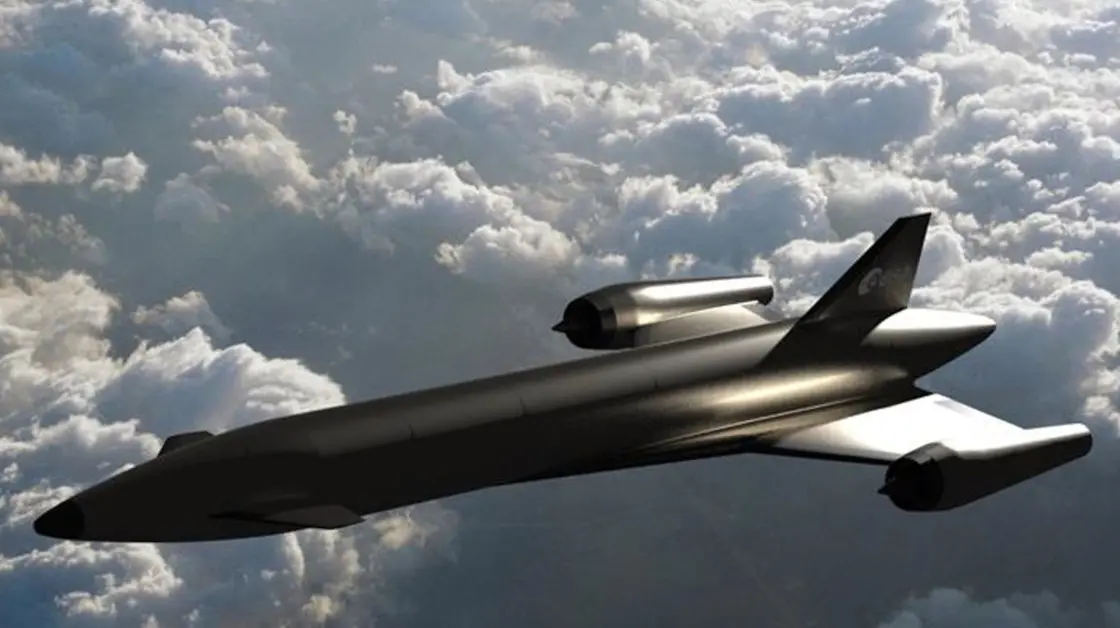
European Space Agency Develops Hypersonic Spaceplane

NASA plans lunar nuclear reactor by 2030

Russia boosts drone strikes against Ukraine
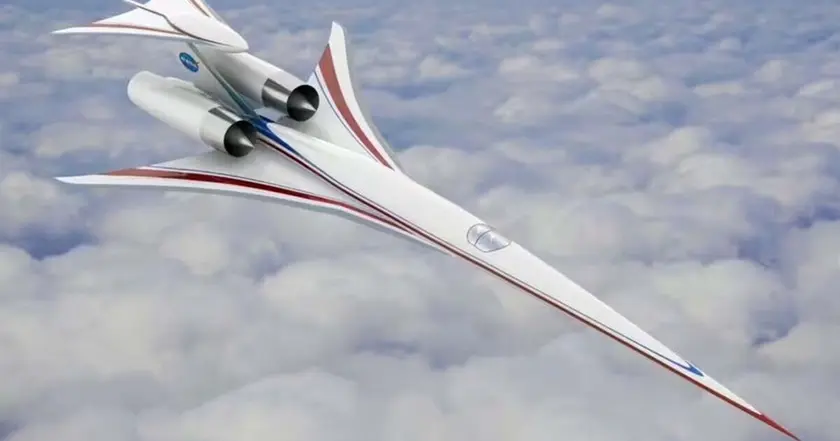
NASA's X-59 aircraft begins crucial taxi tests

SpaceX Struggles to Make Starship Work after Multiple Failures
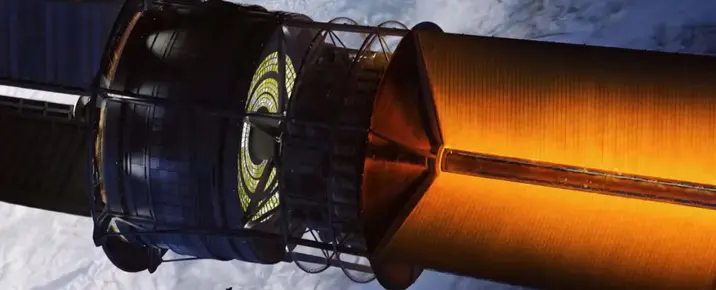
Project Hyperion Launches Competition for Stellar Travel Designs
